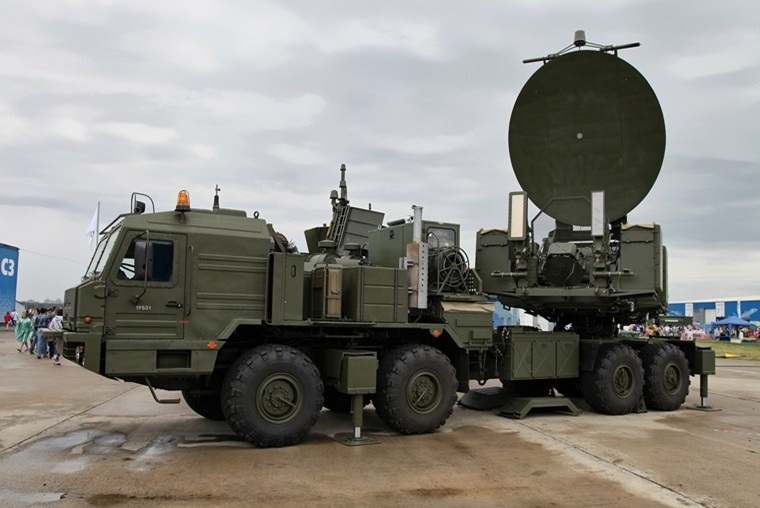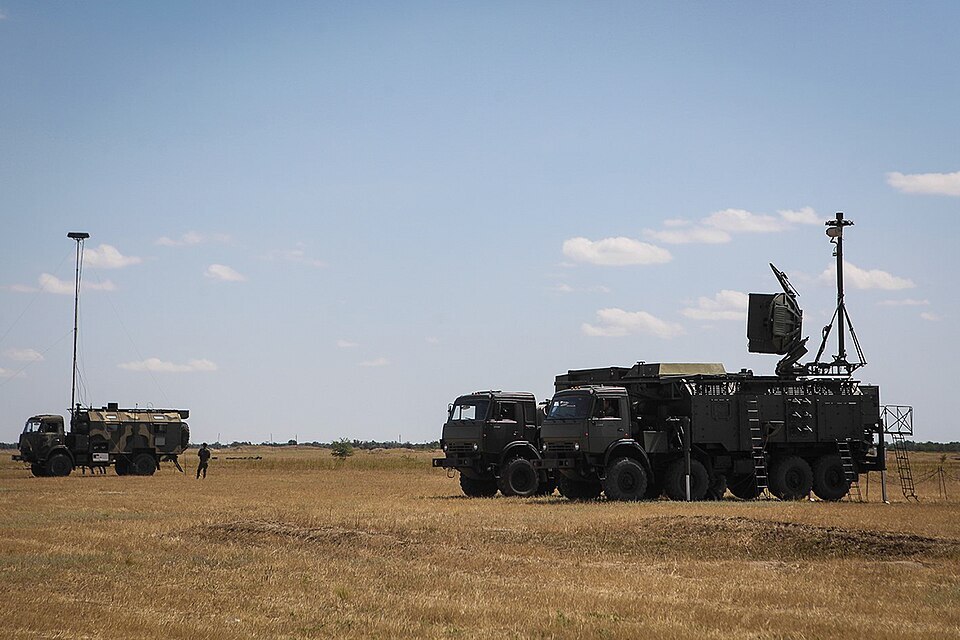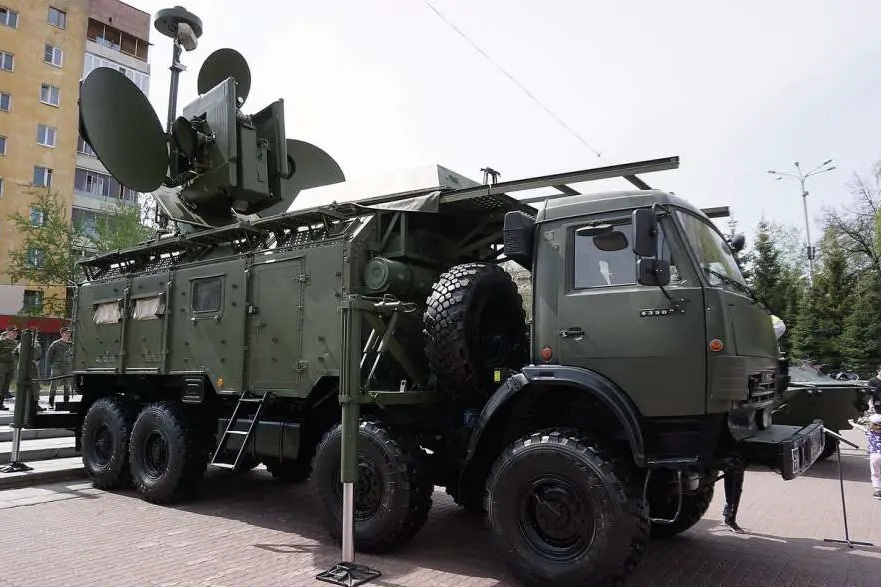Importance of Deploying the Krasukha-4 Electronic Warfare System in Iran's Defense Units
TEHRAN (Defapress) - Advanced electronic warfare and air defense systems have now become one of the most decisive factors in modern warfare, particularly in aerial and space battles. Among these, the recent 12-day war between Iran and the Zionist regime not only revealed the existing gaps in the defense systems of both sides but also clearly demonstrated the necessity for an urgent review of the air-defense strategies of both parties.

Review of Defense Systems After the 12-Day War
Following this short yet intense conflict, the Zionist regime, which witnessed a decrease in the effectiveness of its air defense systems, quickly proceeded to mass import anti-missile and radar systems. Estimates indicate the entry of over a thousand tons of advanced military equipment into the occupied territories, an action that reflects Israel's effort to rebuild and upgrade its defensive line against aerial and missile threats.
In contrast, the Islamic Republic of Iran, considering the extensive activity of enemy air squadrons and the identified gaps in its own defense systems, developed a comprehensive program to rebuild and upgrade its air defense network, especially in sensitive areas such as the skies over Tehran. In this regard, replacing old systems with new technologies, including electronic warfare systems, became a priority.
'Krasukha-4': The Electronic Game-Changer
One of Iran's most important measures in this path is the deployment of the 'Krasukha-4' electronic warfare system, an advanced Russian product, on Iranian soil. Although the exact details of the timing and manner of this system's arrival have not been officially announced, and news in this regard is largely based on field reports and media analyses, its operational presence could create a strategic transformation in the regional air power balance and enhance the country's air defense capabilities.
The Krasukha-4 is one of Russia's most advanced electronic warfare systems designed to counter aerial and space threats. This system can disrupt enemy radars and prevent target identification; the aforementioned system can also spoof or disrupt enemy spy and space satellites.
Neutralizing drones and reconnaissance aircraft by creating intense noise and protecting ground forces and equipment from aerial and missile attacks are other important capabilities of the Krasukha electronic warfare system. This system has been used particularly in war zones such as Syria, and its ability to create "electronic silence" is highly significant; in fact, in operational areas, Krasukha can create a bubble of electronic silence that disrupts all communications, radars, and missile guidance systems of the enemy within that range.

The Strategic Importance of Krasukha's Presence in Iran
The presence of this system in Iran is not just a technical upgrade; rather, it is a geopolitical and military move with extensive consequences, some of which are discussed below.
- Strengthening Regional Deterrence: With the deployment of Krasukha in Iran, our country's ability to counter the aerial and space reconnaissance operations of regional and extra-regional enemies, including advanced drones and spy planes, will significantly increase. This will severely raise the cost of military operations against Iran and create greater defensive deterrence.
- Entering the Arena of Advanced Electronic Warfare: Modern wars are no longer based solely on firepower and mechanical equipment; rather, they are based on controlling information, communications, and the electromagnetic spectrum. By utilizing Krasukha, Iran enters the limited club of countries possessing new-generation electronic warfare technology, a club that was previously accessible only to Western powers and Russia.
- Sending a Political and Military Message to the West and Regional Allies: The transfer of this system to Iran, whether officially or unofficially, is a sign of deepening defense-military cooperation between Tehran and Moscow. In a situation where Iran is under pressure from multilateral sanctions, this cooperation shows that Russia, as an independent power, is ready to provide technological and military support to Iran. This also sends a message to the West's regional allies, particularly the Zionist regime, that the power equations are changing.
Technical Challenges and Localization Opportunities
Of course, the effective exploitation of Krasukha requires technical infrastructure, training of specialized personnel, and coordination with indigenous defense systems. These challenges can turn into opportunities for reverse engineering, technology transfer, and the production of domestic versions. Iran's experience in producing systems such as the 'Bavar-373' and 'Khordad 3rd' shows that this country can absorb and adapt advanced technologies.

Impact on the Air Power Balance: A Challenge for the F-35
One of the most important consequences of Krasukha's presence is its impact on the effectiveness of the Zionist regime's advanced F-35 fighter jets. These aircraft, which are designed based on stealth technology and advanced electronic systems, are vulnerable to new-generation electronic warfare systems like Krasukha. Disrupting their radars, cutting off communications and guidance systems, can severely reduce the F-35's operational efficiency and even turn them into vulnerable targets.
A Step Towards Enhancing Defensive Capability and Changing Regional Equations
The presence of the Krasukha-4 electronic warfare system in Iran is not merely a technical action; rather, it is part of a larger strategy to create a balance of power and strengthen deterrence. This system not only enhances Iran's defensive capability against aerial and space threats but also sends a clear message to regional and extra-regional enemies, namely, Iran's readiness in the arena of modern warfare and its use of new tools to confront its enemies.
Ultimately, Iran's success in exploiting, adapting, and localizing this technology can serve as a model for other countries of the Axis of Resistance against Western military hegemony; a model that is based on win-win international cooperation and the development of new technologies.
